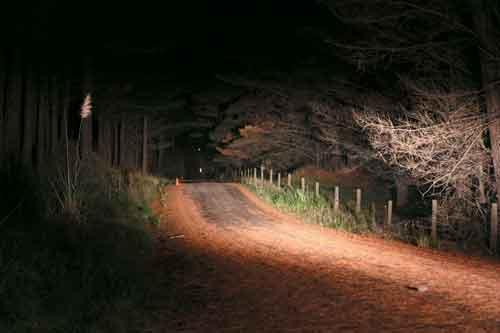Which light is best for you?
A few years ago I wrote about trends in vehicle lighting, and featured two emerging technologies, xenon (HID) and LEDs, as well as the then-standard, halogen.
At that time - and it was only three years ago - most lights, including fog lights and driving lamps, had halogen bulbs, with street use limited to 55W, while for off-road use 100W was considered special.
Xenon lights were generally only found on high-end luxury cars and some of the very expensive 4WDs, while LED technology for vehicles only existed at motor shows and in the future planning of specialist lighting companies.
Since then there have been massive developments in bulbs, reflector design, and other advances which have seen all three technologies take massive steps forward, far faster than we could ever have anticipated, and much of it as a result of the exponential growth of the automotive parts industry in China.
In fact so wide is the choice – and the conflicting information provided to prospective customers - that we decided to do a back-to-back test using add-on driving lamps that are freely available in New Zealand today.
So we had a “regular” 55W halogen lamp, a “superpower” 130W halogen version, a 60W xenon lamp, plus two strengths of LED driving light plus a large LED “light bar”
Since we’re not lighting scientists, the intention of the test was to give a layman’s view of the reach and spread of the various lamps, their mounting and adjustment systems, and to give an overall view of the quality of the products submitted by the individual distributors.
The lamps were positioned in exactly the same place, in pairs, on a stand that was at a similar level, and width apart as the lamps would be mounted on a large 4WD vehicle, level with the road surface, and the lamps individually adjusted to their perfect position for maximum reach.
Marker cones were placed along the piece of roadway chosen, set at 100m, 200m, 300m, 400m and 500m distances (measured with a GPS). The gravel road was in the middle of a forest at Woodhill Jeep 4WD Park just outside Helensville, Auckland, so we could see the lights in operation in a typical off-road environment, without any road markings or signs, and little light reflection from the road surface.
Our test was designed to give the results a typical user would obtain, in contrast to the “ideal conditions” test the manufacturers conduct. Weather conditions were dry and clear.
Digital images were then taken using exactly the same camera settings for each pair of lamps so a simple visual comparison could be made, the camera effectively taking the place of some of the sophisticated measuring equipment used by lights manufacturers to test their products.
It was simple, but very effective, as the attached pictures show, and almost self-explanatory.
The lights tested were:
- Hella Luminator Metal Spread Beam Rallye 4000
- IPF 900 DSCS
- LightForce 240 XGT HID
- Great Whites 9 LED round driving light
- Great Whites 18 LED round driving light
- Great Whites 18 LED bar driving light




